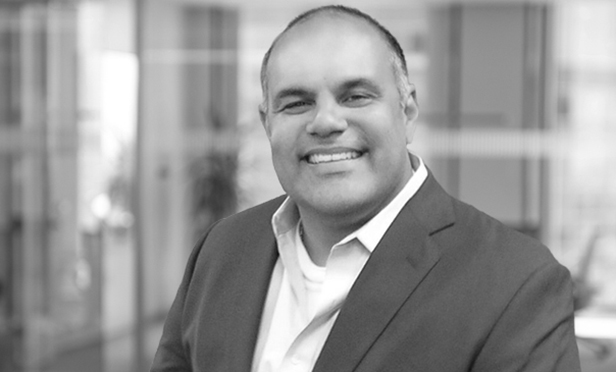
For many commercial real estate transactions, the source of funds drives the nature and extent of due diligence required. From financial institutions, to banks, to construction lenders to agencies, different stakeholders must balance the need to stay competitive with the necessity to manage risk and make sound business decisions. Risk tolerances and underwriting requirements vary from lender to lender and often from lending program to lending program. While Freddie and Fannie have some similarities, they differ and considerations within in both differ greatly from HUD. A correspondent may be looking to source through a balance sheet lender, CMBS or a life company all of which have a different approach to risk, not only from lender to lender, but from platform to platform. One of the opportunities we have as experienced consultants is in guiding our clients towards minimizing risk through appropriate due diligence and saving them headaches in the process.
Often, clients engage us seeking due diligence for projects and portfolios where a lender is yet to be identified. The client is in the process of entertaining several possible sources, isn't sure which way their financing will go, but wants to produce environmental assessment and physical building assessment reports that encompass a broad range of due diligence requirements.
Indeed, multi-family housing is currently one of the most robust sectors in commercial real estate, showing high occupancy rates, stability in return value for developers, , and a continued demand through 2018. Fannie Mae, Freddie Mac and HUD are providing additional incentives through their green lending programs, and tax credits for affordable housing. Industrial warehouse and single tenant retail have been active as well, increase in demand in these sectors coupled with long term lease agreements make these attractive asset types, as a result “Lender TBD” status may be a situation buyers and developers run into more frequently.
As a minimal requirement, most lenders will need a basic Property Condition Assessment (PCA) and Phase I Environmental Site Assessment. Scope requirements and risk tolerances are nuanced and tend to vary. Certain lenders or platforms may have a sensitivity to a specific environmental issue and would require an immediate proactive remedy wheras another may be comfortable with a longer term passive approach. These nuances can be a s specific as the number or frequency of an asbestos or radon sample or as broad as the number of years that monitoring of a contaminant will be required. Likewise, on the Property condition side, one lenders approach may be aggressive on an item like a roof replacement simply based on useful life, wheras another lender, or even a different lending platform may place more emphasis on observed and reported condition. Understanding these different requirement nuances requires engaging with a due diligence consultant that has the expertise and understanding of scope and expectations to point out these red flags.
As a market leader in Environmental and Engineering due diligence we have the benefit of working with numerous sources of capital, some private, some corporate, some institutional. Many of these sources are home to multiple lending platforms. Knowledge of platform tolerances, beyond the physical and environmental attributes of a property is integral to our ability to consult a client or borrower while providing the flexibility in a deliverable that will be acceptable to multiple sources of capital. While it is important to remember that lender specific requirements could require modification of reports and additional backend work in some form, some forethought to potential capital sources and communication with your consultant can go a long way in addressing lender-specific requirements or multiple-lender specific requirements.
Below are some important points on what to expect and questions to ask when acquiring “lender TBD” due diligence:
• If your lender has not yet been identified, understand that back end work could be required at an additional cost and requiring additional time. Ask your consultant to provide as much information as possible about these different due diligence scenarios and standards so that there are no surprises, delays or unforeseen additional costs.
• If the portfolio is multifamily, try to determine if it is likely to go Fannie Mae, Freddie Mac or HUD. Each platform has unique requirements and back end work could be required at additional cost and requiring additional time. In this scenario, some lenders have opted to re-engage the entire portfolio to be completed to the appropriate Scope of Work.
• Allow for enough time when discussing any change of scope of work with your due diligence service team to manage timing and additional cost.
While this can be a complex situation to navigate, it doesn't have to be if you ask the right questions, manage your expectations, and have a consultant who can guide you toward the product that helps you ensure an ultimately successful transaction.
© 2025 ALM Global, LLC, All Rights Reserved. Request academic re-use from www.copyright.com. All other uses, submit a request to [email protected]. For more information visit Asset & Logo Licensing.








